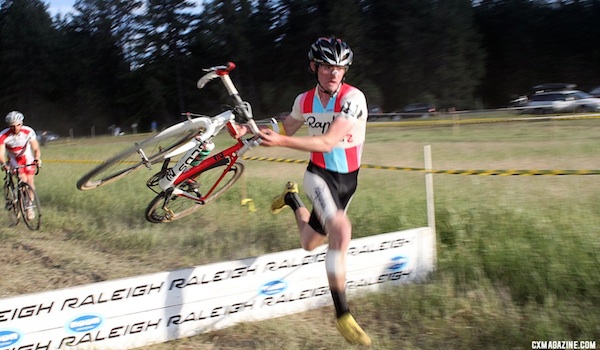 The endless number of accelerations, steep ride up’s and run up’s, barriers, as well as the intensity of cyclocross racing all add up to create a sport within cycling that is very demanding on your legs. Road or mountain bike fitness is great for coming into a season of cyclocross but adding in a variety of workouts will help you to better adapt to the racing as well as to set you up to do well. Cyclocross races are short so the training for it doesn’t have to be long either. You can do a variety of workouts which are hard and intense but also fun in a short amount of time a few times a week.
The endless number of accelerations, steep ride up’s and run up’s, barriers, as well as the intensity of cyclocross racing all add up to create a sport within cycling that is very demanding on your legs. Road or mountain bike fitness is great for coming into a season of cyclocross but adding in a variety of workouts will help you to better adapt to the racing as well as to set you up to do well. Cyclocross races are short so the training for it doesn’t have to be long either. You can do a variety of workouts which are hard and intense but also fun in a short amount of time a few times a week.
Accelerations
Cyclocross consists of a lot of turns which require you to slow and then reaccelerate out of each one of them. If you are only used to riding at a steady effort and accelerating a couple of times each ride, then after a few laps of a ‘cross race, your legs are going to ache. The best way to prepare for this is simply doing a lot of accelerations. If you are not yet on your ‘cross bike you can still do these on a road bike.
There are a number of intervalshttps://www.ilovebicycling.com/cyclocross-tips/ you could do but the easiest is to do 30 second intervals. Accelerate in the saddle for five to ten seconds alternating in and out of the saddle and then spinning easy for the remainder of the thirty seconds. Then when thirty seconds is up, do it again. Start with five minutes of this and build to twenty minutes. If you are on a ‘cross bike you can set up a mini-course that requires you to accelerate every thirty seconds.
Running
There is not a lot of running in ‘cross but the little bit that there is can really hurt you if your legs aren’t ready for it. The only real times that you’re running are when you have to get over barriers or up a steep hill, both of which put a lot of stress on your legs. The best way to start getting that stress is to do a short five to ten minute run where you run easily for thirty seconds and then walk for a minute. Build to one minute on, one minute off, and after about a week of doing this every day you can do the whole ten minutes. Once you can do this your legs are ready to practice the harder stuff.
Barriers
Assuming you already know how to dismount and mount your bike properly, set up two barriers about two meters apart and about 40cm high. Ride into it, dismount, run over it, remount and loop around and do it again. When you first start, do it slowly making sure your technique is good and then gradually increase your speed. Once you are up to speed, do five to ten of them with about thirty seconds between each one.
Run-Ups
Next are the dreaded run-ups where the hill is too steep and/or technical to ride up. Find a steep hill that is too steep to ride up and takes about ten to twenty seconds to run up. In most races you probably won’t encounter run-ups quite this long but simulating them longer will ensure your legs are ready. Ride into the hill, dismount, shoulder the bike, run up the hill as hard as you can and then remount your bike at the top. Ride around easy for a couple of minutes and then do it again. Build from three to eight.
Ride-Ups
Some steep sections that some run up can actually be ridden but doing so requires practice. Riding a super steep climb necessitates a lot of strength that needs to be built. Even if you can do it once your legs are going to feel it after during the rest of the race. Like the run-ups you want to get your legs used to doing the effort over and over again.
Find a steep climb that you can barely ride up but you can still ride it without having to unclip. Sprint into and up it. Technique along with power is going to be what gets you up it efficiently. You will need to practice a lot to be able to do it in a race but once you’re good it can save you a lot of time each lap. Like the run-ups, start with three and build to eight, riding around easy in between each.
Overall Fitness
Along with needing specific fitness for ‘cross, having a solid base of fitness is essential. Ideally you come into ‘cross season with a bit of road or mountain fitness. If not, build your riding into longer and longer rides incorporating some intensity and then do these workouts to get ‘cross specific fitness. When you do come into the ‘cross season from a road or mountain season, it’s important to take a little bit of rest before you dive right in.
You will be tempted to keep racing with your fitness but if you do, after a weekend or two you will burnout and not have the intensity and drive to continue the ‘cross season in most cases. Instead, take a week or two easy and recover. You will start the ‘cross season fresh with these workouts which will have you feeling good in your races and most importantly, lessen the likelihood of injury.
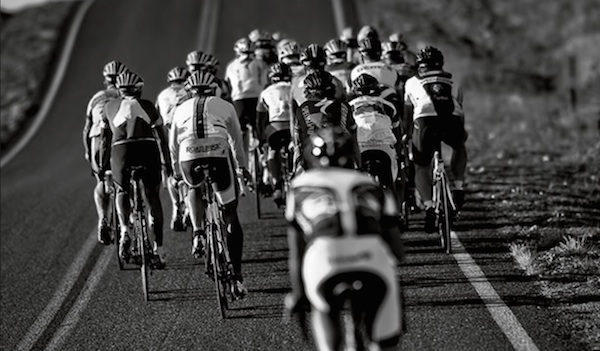 Have you been asked to go on a group ride that you know will be too easy for you? You won’t have to find an excuse to get out of it and awkwardly meet the group on the road going opposite directions when using these quick tips on how to make an easy group ride hard.
Have you been asked to go on a group ride that you know will be too easy for you? You won’t have to find an excuse to get out of it and awkwardly meet the group on the road going opposite directions when using these quick tips on how to make an easy group ride hard. As rides start to get longer and longer, stops mid-way for food and water are going to become more frequent as well as important. The coffee shop is a great place to stop for a while and have great conversation over a few brews but during training rides you want to be in, out, and on your way in a timely manner. You also want to get what you need to fuel properly for the remainder of the ride. Knowing what you want to eat and drink prior to going into a store will help prevent you from milling around looking at every possibility which we’ve all done before, especially if we’re already a bit depleted from the ride.
As rides start to get longer and longer, stops mid-way for food and water are going to become more frequent as well as important. The coffee shop is a great place to stop for a while and have great conversation over a few brews but during training rides you want to be in, out, and on your way in a timely manner. You also want to get what you need to fuel properly for the remainder of the ride. Knowing what you want to eat and drink prior to going into a store will help prevent you from milling around looking at every possibility which we’ve all done before, especially if we’re already a bit depleted from the ride.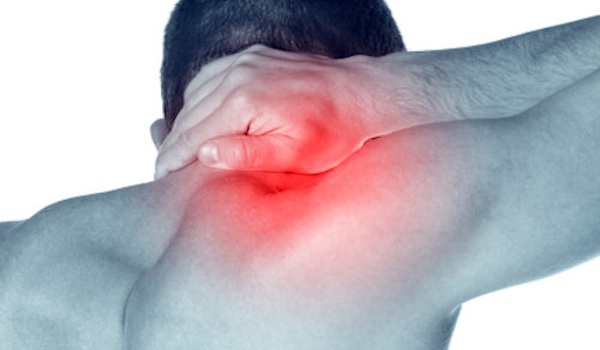 One of things that takes getting used to when you first start cycling is the neck and shoulder discomfort. Even an experienced rider who has taken a short hiatus, and is returning to a regular regime can suffer from these aches. Typically, the discomfort is localized in your anterior deltoids, upper trap muscles and neck extensors. This can be attributed to a few causes such as bike fit, head positioning when riding and tightness of aforementioned muscles.
One of things that takes getting used to when you first start cycling is the neck and shoulder discomfort. Even an experienced rider who has taken a short hiatus, and is returning to a regular regime can suffer from these aches. Typically, the discomfort is localized in your anterior deltoids, upper trap muscles and neck extensors. This can be attributed to a few causes such as bike fit, head positioning when riding and tightness of aforementioned muscles.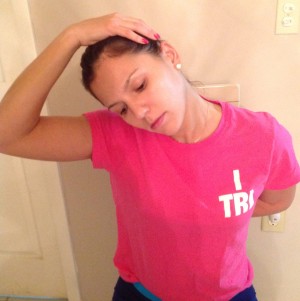
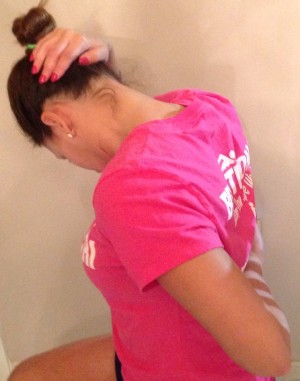
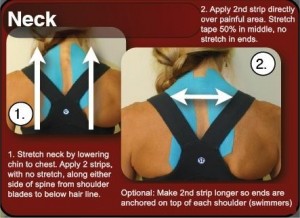
 You’ve been waking up in the morning with this intense pain on your heel and the arch of your foot, which goes away once you’ve walked around a bit. It also seems to come back whenever you’re on the downstroke while cycling. After researching your symptoms you come to the conclusion that you’re suffering from Plantar Fasciitis, but aren’t sure how to treat the condition, or prevent it from intensifying. Also, you may be wondering “what is a plantar fascia?”
You’ve been waking up in the morning with this intense pain on your heel and the arch of your foot, which goes away once you’ve walked around a bit. It also seems to come back whenever you’re on the downstroke while cycling. After researching your symptoms you come to the conclusion that you’re suffering from Plantar Fasciitis, but aren’t sure how to treat the condition, or prevent it from intensifying. Also, you may be wondering “what is a plantar fascia?”
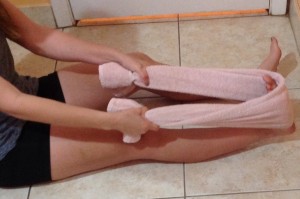
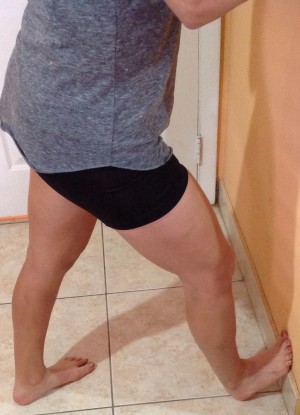
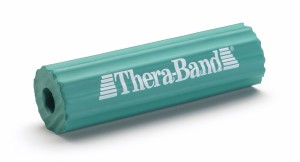
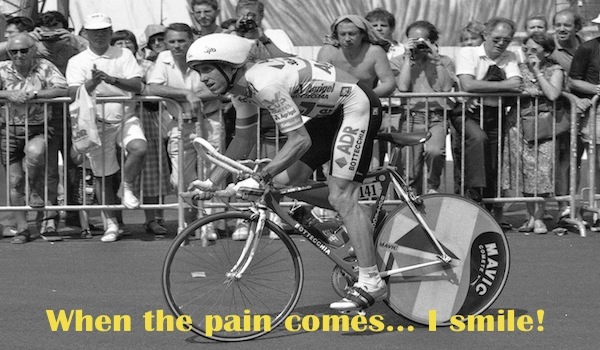 Day in and day out we ride, thinking which workouts will serve to increase the endurance of our bodies. However, we tend to neglect the one body part that serves as our center of command…our brains. We need to think of this part as a “muscle” as well, in which we exercise it, push it to its threshold, just to increase it’s endurance in the next workout.
Day in and day out we ride, thinking which workouts will serve to increase the endurance of our bodies. However, we tend to neglect the one body part that serves as our center of command…our brains. We need to think of this part as a “muscle” as well, in which we exercise it, push it to its threshold, just to increase it’s endurance in the next workout.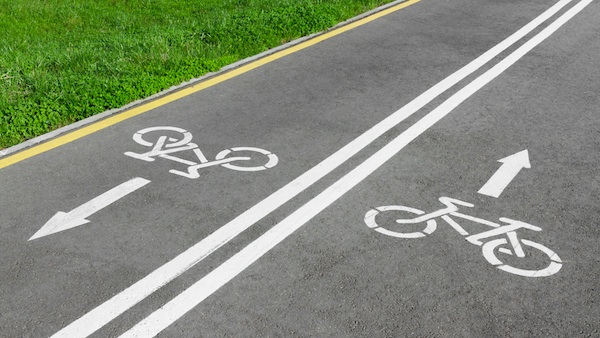
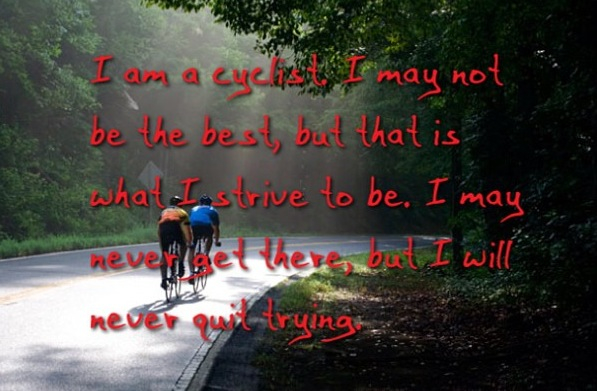 What is the real difference between compact cranks vs standard cranks vs triple cranks… What are the Pros and Cons of each?
What is the real difference between compact cranks vs standard cranks vs triple cranks… What are the Pros and Cons of each?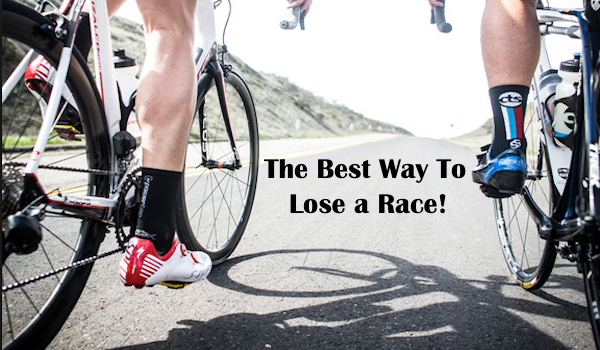 We have all been there, months of training and planning mounting to this one race and we destroy it with in the first minute.
We have all been there, months of training and planning mounting to this one race and we destroy it with in the first minute.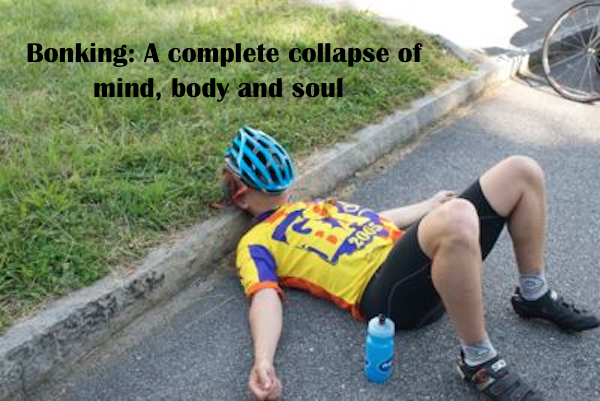 Bonking is one of the worst feelings you can have on two wheels. If you have ever bonked on a ride you will know what I am talking about, a complete collapse of your mind, body and soul. One minute you are smiling, flying along and the next minute you can barely stop the drool from coming out of your mouth, never mind trying to turn over the pedal crank!
Bonking is one of the worst feelings you can have on two wheels. If you have ever bonked on a ride you will know what I am talking about, a complete collapse of your mind, body and soul. One minute you are smiling, flying along and the next minute you can barely stop the drool from coming out of your mouth, never mind trying to turn over the pedal crank!